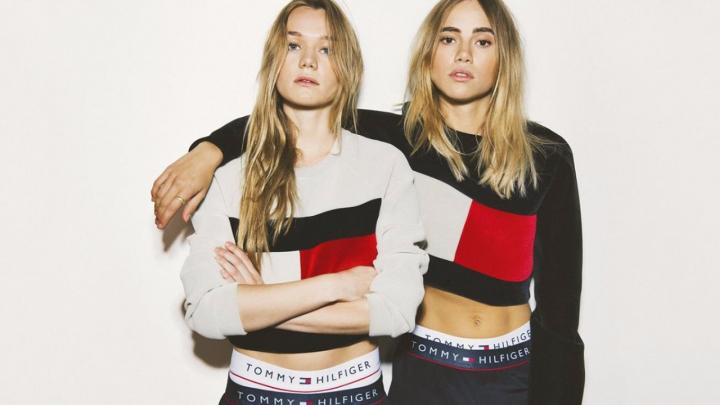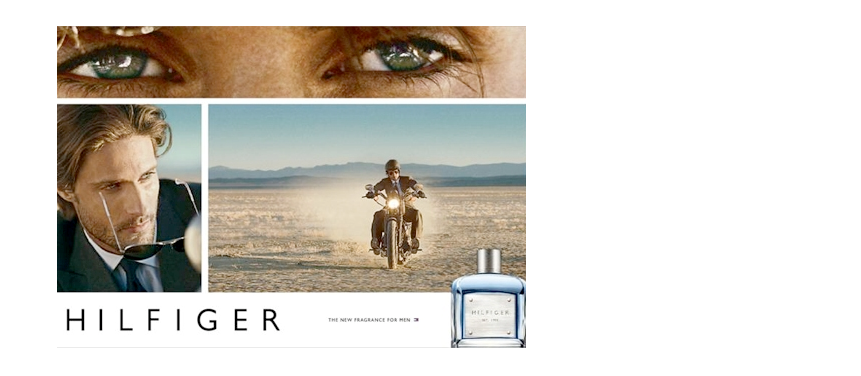

Unlock the power of effective advertising by delving into the realm of semiotic analysis. In the diverse landscape of China, understanding the intricacies of cultural codes is crucial for delivering messages that resonate. Semiotics, the study of signs and symbols, provides invaluable tools to dissect advertising strategies, revealing strengths and weaknesses in campaigns. Unlike focus groups, which might express opinions without depth, semiotic analysis goes beyond surface reactions, offering insights into the nuances that shape audience perception and response. Elevate your advertising game with a deeper understanding of semiotics and ensure your messages transcend language barriers for impactful communication.
Explore the fascinating world of semiotic analysis through a recent example from Tommy Hilfiger’s global advertising campaign. Delving into the symbolism within the promotion of a cologne, the portrayal of a rugged, handsome man navigating a vintage motorcycle through the solitary expanse of the desert carries layers of meaning. Semiotic analysis unravels the subtle cues, examining how this imagery communicates beyond the surface, tapping into cultural symbols and resonating with the target audience. Uncover the richness of messages embedded in visuals, as semiotics becomes a powerful lens to enhance the effectiveness of advertising narratives.

From a Western perspective, this image expresses individuality, independence, freedom, and adventure. The codes inspired by each image, or “sign”, in the advertisement are shown below:

In general, advertising can communicate either a solution narrative (i.e. buy our product and it will solve your problems), or an enhancement narrative (your life is already good, but if you use our product it will be that much better). The Tommy advertisement is an example of an enhancement narrative.
Now, let’s compare the message being conveyed in both the Western and the Chinese context.
* Motorcycle: Whereas in a Western context a motorcycle represents freedom, adventure, and speed, in a Chinese context it is considered dangerous, noisy, and low status.
* Open Landscape: For Westerners, the open landscape portrays independence and lifestyle enhancement. From the Chinese view, the countryside may be perceived as dirty and dusty.
As you can see, the codes present in the advertisement convey a very different message when translated into the Chinese context, and do not result in communicating the message of a self-confident, successful, and visionary man.
Such a man in Chinese culture would possess attributes like thoughtfulness, a sense of tradition, strong family values, an established social network, a successful career, and a personal sense of peacefulness and harmony.
So, in order to convey the intended message to Chinese male consumers, the following corresponding cultural codes could be used:

Other related considerations could include the cultural meaning of perfume and occasions of use for the Chinese consumer.
Uncover the hidden meanings in advertising with semiotic analysis. Decode subtle codes that vary across cultures, providing a strategic advantage for campaigns. This approach, rooted in market research, assesses the potential success of ads and offers insights for ongoing campaigns, especially in nuanced markets like China. Elevate your advertising strategy by understanding the semiotic cues that resonate with diverse audiences.
Stay tuned for more interesting market research articles from the team at Labbrand.
A Labbrand Group Company © 2005-2025 Labbrand All rights reserved
沪ICP备17001253号-3To improve your experience, we use cookies to provide social media features, offer you content that targets your particular interests, and analyse the performance of our advertising campaigns. By clicking on “Accept” you consent to all cookies. You also have the option to click “Reject” to limit the use of certain types of cookies. Please be aware that rejecting cookies may affect your website browsing experience and limit the use of some personalised features.